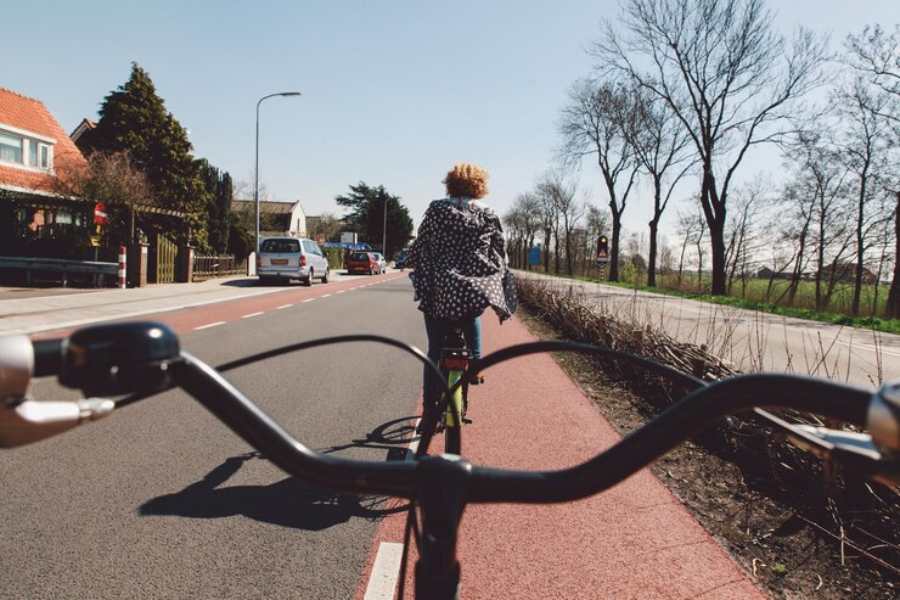Using the road is typically more dangerous for a cyclist than it is for any other type of vehicle operator. This isn’t because cyclists are careless or reckless. It’s mainly because everything about the road environment, vehicles, and even driver behavior puts cyclists at a big disadvantage.
If you or someone you know ever gets hurt in a collision involving a bike and a car, it’s important to get help from a bicycle accident lawyer in your area who understands how complicated these cases can be. But first, it helps to understand why cyclists are more exposed to harm on the roads.
Lack of Physical Protection for Cyclists
One of the most obvious reasons bicyclists are vulnerable is the lack of physical protection. A person inside a car is surrounded by a metal frame, airbags, seatbelts, crumple zones, and other safety features designed to absorb impact and protect the occupants in a crash. Cars are like moving safety capsules.
On the other hand, a cyclist is completely exposed. Even if they wear a helmet, it only protects the head and not the rest of the body. When a bike collides with a vehicle, the cyclist can be thrown off the bike, fall hard onto the pavement, or be crushed against the car itself.
The injuries that result can include broken bones, head injuries, spinal damage, and internal injuries. These injuries happen not because the cyclist made a mistake, but because they don’t have the same level of protection that cars provide.
Visibility Issues
Visibility is a critical problem for bicyclists. Many crashes happen because drivers simply don’t see cyclists in time to avoid them. Unlike cars, bikes are smaller, narrower, and less visible, especially in certain conditions. For example, a cyclist riding in a driver’s blind spot, such as beside or behind a car, is easy to miss.
Drivers also tend to focus their attention on other vehicles rather than looking out for bikes. This is especially true at intersections or when turning. A driver might be checking for oncoming cars but fail to notice a cyclist coming from a different direction.
Since cyclists are slower and quieter than cars, they can be overlooked or mistaken for pedestrians or roadside objects until it’s too late.
This lack of visibility means drivers don’t slow down, yield, or stop in time, which causes many serious collisions.
Speed Differences Between Cars and Bikes
Speed difference is another important factor. On average, cyclists travel around 20 to 30 kilometers per hour, while cars on city roads often move at speeds of 50 km/h or more. This speed gap causes drivers to misjudge how quickly a cyclist is approaching or how far away they are.
Many drivers get impatient when stuck behind a cyclist and try to pass them too closely. Others speed up when making turns to beat the cyclist through an intersection, miscalculating the timing and cutting off the bike’s path. These actions increase the risk of sideswipes, rear-end collisions, and right-hook crashes where a car turns in front of a cyclist.
Even small misjudgments in speed and distance can lead to crashes because the cyclist doesn’t have the same ability to stop or accelerate suddenly as a car does.
Roads Designed Primarily for Cars, Not Bikes
The design of most roads puts cyclists at a disadvantage. Road lanes are typically wide enough for cars, but not always wide enough for both cars and bikes to share comfortably and safely. Many roads do not have dedicated bike lanes at all.
When bike lanes do exist, they often have problems like potholes, debris, or parked cars blocking the lane. This forces cyclists to move closer to traffic lanes, increasing the chances of collisions. Roads also lack sufficient signage and traffic signals designed specifically to protect or give priority to cyclists.
In many areas, the infrastructure simply doesn’t support safe cycling, which makes riding on roads riskier.

